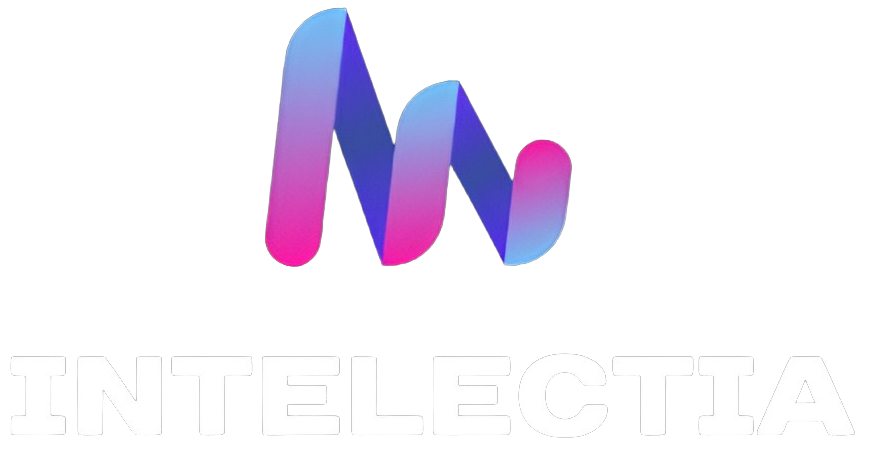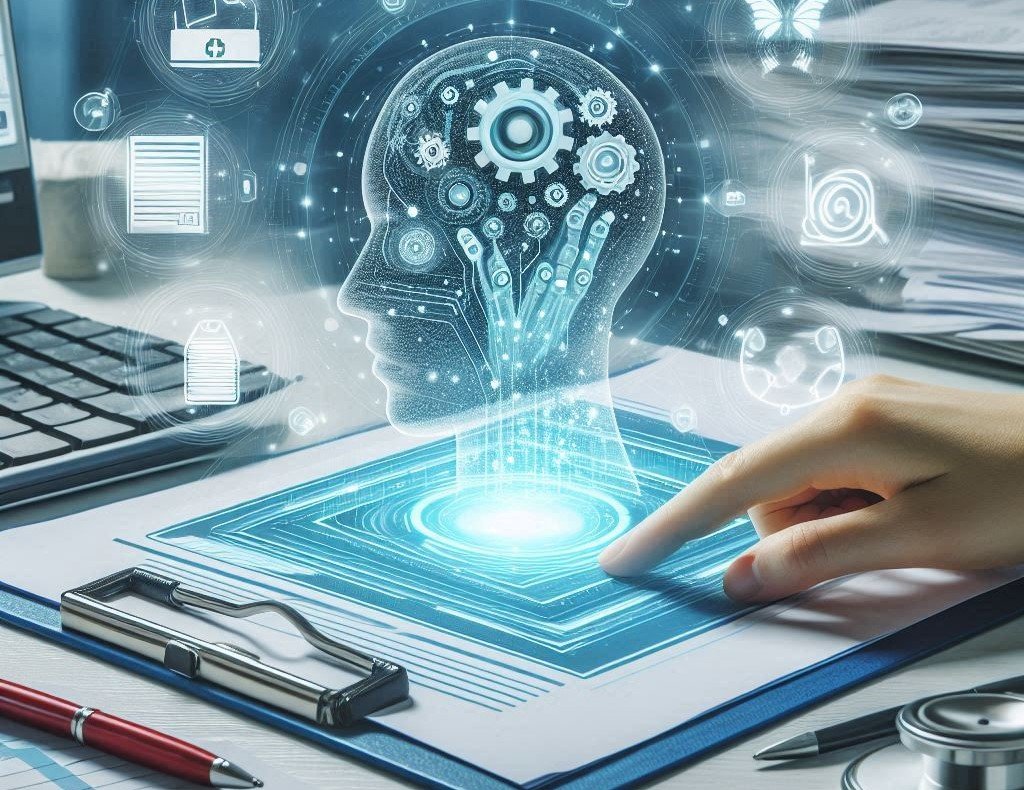The health sector has long been challenged by the management of vast amounts of data, particularly when it comes to patient records, medical billing, and insurance claims. As the industry moves towards digital transformation, Optical Character Recognition (OCR) technology has emerged as a powerful tool to address these challenges. OCR enables the conversion of various types of documents, such as scanned paper documents, PDFs, or images captured by a digital camera, into editable and searchable data. This article will explore what OCR is, how it is used in the health sector, and the challenges and solutions associated with its implementation.
What is OCR?
Optical Character Recognition (OCR) is a text recognition technology that allows computers to recognize and convert different types of documents—such as scanned paper documents, PDF files, or images taken by a digital camera—into editable and searchable data. The primary purpose of OCR is to eliminate the need for manual data entry, making document digitization more efficient and accurate.
At its core, OCR technology works by analyzing the shapes of characters in an image, comparing them to a database of known characters, and then converting them into machine-readable text. This process involves several steps, including image pre-processing, character recognition, and post-processing to ensure the accuracy of the converted text. OCR software is essential for organizations that need to digitize large volumes of documents quickly, as it automates the extraction of text from scanned documents, making it an indispensable tool in data management.
In the health sector, OCR is particularly valuable because it can handle complex documents such as medical records, prescriptions, and insurance forms. These documents often contain complex medical terminology and handwritten notes, which OCR technology can accurately interpret and digitize. This capability not only speeds up the digitization process but also enhances the accessibility of important medical information.
OCR Usage in the Health Sector
The application of OCR technology in the health sector is extensive and transformative. One of the most significant uses of OCR is in the digitization of medical records. Traditionally, medical records have been stored as physical files, which can be cumbersome to manage and prone to errors. By converting these records into digital formats, healthcare providers can easily search, retrieve, and share patient information, leading to improved patient care and operational efficiency.
OCR for patient records is a key area where this technology is making a substantial impact. By automating the digitization of patient records, OCR simplifies the management of large volumes of health data. This automation not only reduces the time and effort required to handle patient records but also minimizes the risk of errors associated with manual data entry. Furthermore, digital records are easier to secure and can be backed up, ensuring that critical patient information is always protected.
Another critical application of OCR in the health sector is in medical billing and insurance claims processing. The healthcare industry is notorious for its complex billing processes, which involve a significant amount of paperwork. OCR technology streamlines these processes by automatically extracting relevant information from billing forms and insurance claims, reducing the time it takes to process payments and minimizing the likelihood of errors. This not only enhances the efficiency of healthcare providers but also improves the overall patient experience by ensuring that billing and claims are processed quickly and accurately.
OCR also plays a crucial role in document digitization and data management within healthcare institutions. With the growing emphasis on electronic health records (EHRs) and the need for seamless data integration across various healthcare systems, OCR ensures that all paper-based documents are digitized and integrated into electronic systems. This digitization process enhances data accessibility, making it easier for healthcare professionals to access patient information, collaborate on care, and make informed decisions.
Challenges and Solutions of OCR in the Health Sector
Despite its many benefits, the implementation of OCR in the health sector comes with its own set of challenges. One of the primary challenges is ensuring data privacy and security. Healthcare documents often contain sensitive patient information, making it essential to protect this data during the digitization process. Data privacy in OCR is a critical concern, as the mishandling of patient data can lead to breaches of confidentiality and legal consequences for healthcare providers.
To address these challenges, healthcare organizations must implement robust security measures when using OCR technology. Security challenges in healthcare OCR can be mitigated by using encryption and secure access controls to protect digitized documents. Additionally, regular audits and compliance checks are necessary to ensure that OCR systems meet industry standards for data privacy and security.
Another significant challenge is the accuracy and reliability of OCR when dealing with medical documents. Medical records often include handwritten notes, abbreviations, and complex terminology that can be difficult for OCR systems to recognize accurately. Improving OCR accuracy is essential for ensuring that digitized medical records are reliable and free from errors.
Solutions to this challenge include the use of advanced OCR software that incorporates machine learning and AI to improve recognition accuracy. By training OCR systems on large datasets of medical documents, these systems can learn to recognize complex terminology and handwriting styles more effectively. Additionally, manual verification processes can be implemented to double-check the accuracy of digitized documents, ensuring that any errors are caught and corrected before they can impact patient care.
Another solution is to tailor OCR systems specifically for healthcare applications. By customizing OCR software to recognize specific medical terminology and document formats, healthcare providers can significantly improve the accuracy and reliability of their document digitization processes. This customization ensures that OCR technology meets the unique needs of the health sector, enabling healthcare organizations to fully leverage its benefits.
Finally, overcoming the complexity of medical documents is crucial for the successful implementation of OCR in the health sector. This can be achieved through the continuous refinement of OCR algorithms and the integration of AI technologies that enhance the system’s ability to handle diverse document types. By investing in the development of more sophisticated OCR solutions, healthcare providers can ensure that their digitization efforts are both effective and efficient.
Do you want to implement a document analysis system based on Artificial Intelligence?
At Intelectia we can offer you the security of having an OCR system so that your company can improve its quality of work.
On the other hand, we also offer Intelligent Voice Processing services for all types of companies.
Do not hesitate to contact us, or book a meeting and we will help you in everything that is in our hands.

